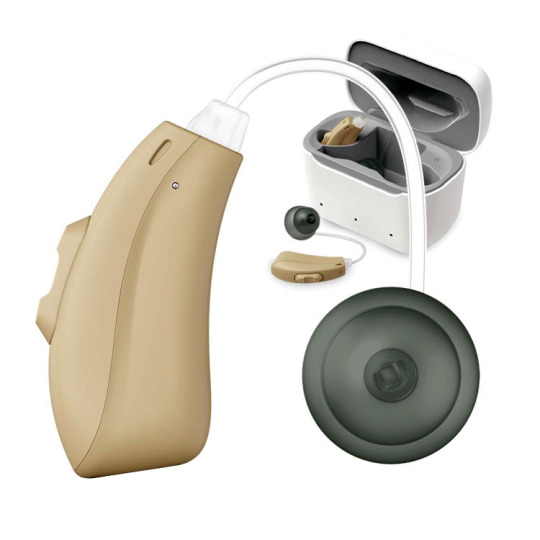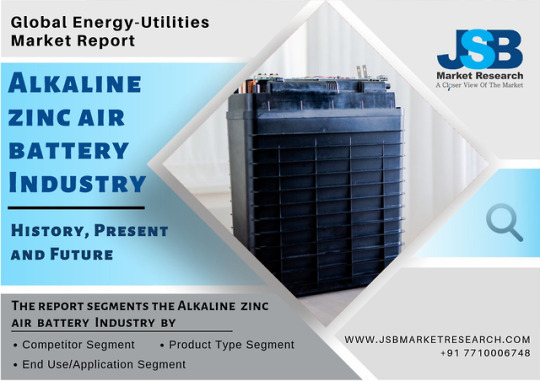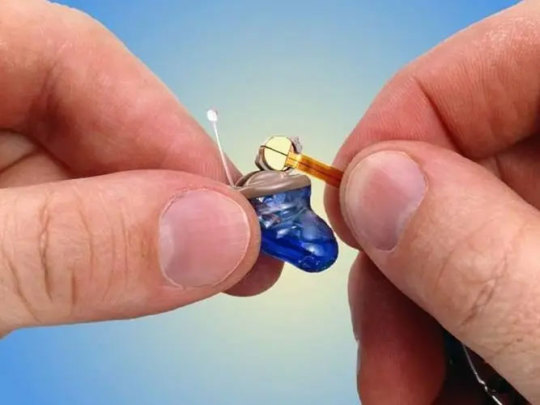#ZincAirBattery
Explore tagged Tumblr posts
Text
youtube
#BatteryTechnology#SustainableEnergy#ZincAirBatteries#WearableTech#PortableDevices#Innovation#GreenTech#ScienceFather#scifax#proffessor#students#ResearchScholar#awardwinner#scientist#PhD#acedemic#Youtube
0 notes
Text
"Lighter, Greener, Better: The Advantages of Zinc-Air Battery Technology"
Zinc-air batteries are emerging as promising energy storage solutions, particularly in applications requiring long-duration and high-energy-density power sources. These batteries utilize oxygen from the air as a reactant, which significantly reduces the need for heavy and bulky components, leading to lighter and more compact designs.
Zinc-air batteries consist of a zinc anode, an air cathode, and an electrolyte, typically potassium hydroxide. During discharge, zinc reacts with oxygen from the air and hydroxide ions in the electrolyte to produce electricity, zinc oxide, and water. Zinc-air batteries offer several advantages, including high energy density, low cost, and environmental friendliness, as zinc is abundant and recyclable. They have applications in various fields, such as electric vehicles, portable electronics, and grid-scale energy storage. However, challenges such as limited cycle life and degradation of the air electrode remain areas of active research and development. With ongoing advancements in electrode materials, electrolyte formulations, and cell architectures, zinc-air batteries are poised to become a key player in the transition towards sustainable energy storage solutions, contributing to the growth of renewable energy integration and electrification efforts.
#ZincAirBattery #EnergyStorage #RenewableEnergy #SustainablePower #Electrification #CleanEnergy #BatteryTechnology #InnovativeMaterials #EnergyTransition #Electrochemistry #GreenTechnology #BatteryInnovation #EnvironmentalSustainability #ElectricVehicles #GridStorage
0 notes
Text
Functions of hearing aids


A hearing aid is a small electronic device that you wear in or behind your ear. It makes some sounds louder so that a person with hearing loss can listen, communicate, and participate more fully in daily activities. A hearing aid can help people hear more in both quiet and noisy situations. However, only about one out of five people who would benefit from a hearing aid actually uses one.A hearing aid has three basic parts: a microphone, an amplifier, and a speaker. The hearing aid receives sound through a microphone, which converts the sound waves to electrical signals and sends them to an amplifier. The amplifier increases the power of the signals and then sends them to the ear through a speaker.Hearing aids are primarily useful in improving the hearing and speech comprehension of people who have hearing loss that results from damage to the small sensory cells in the inner ear, called hair cells. This type of hearing loss is called sensorineural hearing loss. The damage can occur as a result of disease, aging, or injury from noise or certain medicines.A hearing aid magnifies sound vibrations entering the ear. Surviving hair cells detect the larger vibrations and convert them into neural signals that are passed along to the brain. The greater the damage to a person’s hair cells, the more severe the hearing loss, and the greater the hearing aid amplification needed to make up the difference. However, there are practical limits to the amount of amplification a hearing aid can provide. In addition, if the inner ear is too damaged, even large vibrations will not be converted into neural signals. In this situation, a hearing aid would be ineffective. If you or an adult family member have questions or concerns about hearing loss, you have options. Over-the-counter (OTC) hearing aids are a new category of hearing aids that people can buy directly, without visiting a hearing health professional for an examination. These hearing aids are intended to help adults with perceived mild to moderate hearing loss. Prescription hearing aids are available from a hearing health professional who will program them for your degree of hearing loss. Prescription hearing aids or other devices may be necessary for more significant or complicated hearing loss. Spieth's latest H51 is an OTC hearing aid, the appearance is mini and exquisite, easy to carry, the core is "powerful", and the maximum fitting range is over 80dB. And the price is very friendly. Contact us for more information. Read the full article
0 notes
Photo

2018 Global Alkaline zinc air battery Industry Report - History, Present and Future
0 notes
Photo

#MatchaHoney รอเข้าเยี่ยมชม #ZincAirFuelCell #ZincAirBattery ของ #CUengineering #ChemicalEngineering สำหรับ #DualUse #DefenseIndustry #InnovationManagement (at คณะวิศวกรรมศาสตร์ จุฬาลงกรณ์มหาวิทยาลัย) https://www.instagram.com/p/BnqA4RfAJ09/?utm_source=ig_tumblr_share&igshid=53isaehsqzcg
#matchahoney#zincairfuelcell#zincairbattery#cuengineering#chemicalengineering#dualuse#defenseindustry#innovationmanagement
0 notes
Text
Zinc Air Button Battery for Hearing Aids

The Hearing Aid Batteries are primary zinc-air button-type batteries, Our hearing aid battery has adopted the industry standard color-coded system.

Battery packed in blister card: 6 batteries per blister cardWe have 4 sizes of hearing aid batteries. The sizes from largest to smallest are: 675, 13, 312, and 10.Color-coding for disposable hearing aid batteriesSince size differences can be imperceptible and difficult to remember, battery packs are color-coded, making it easier to find and buy the right pack.- Size 10 batteries - yellow - Size 312 batteries - brown - Size 13 batteries - orange - Size 675 batteries - blue
Battery life for hearing aid batteries
Non-rechargeable hearing aid batteries can last from 5 to 14 days, based on 16 hours of wear per day. It depends on the size of the battery and the power required by the hearing aid. Generally, smaller batteries have shorter battery life than larger batteries.The average lifespan of hearing aid batteries is as follows:- Size 10 - three to seven days - Size 312 - three to 10 days - Size 13 - six to 14 days - Size 675 - nine to 20 days Read the full article
0 notes
Text
Disposable Hearing Aid Battery Care Tips

Zinc-air batteries are our most commonly used traditional "disposable" hearing aid batteries. They come in 10, 312, 13, and 675 sizes and require the user to pull a pull tab from the positive side of the battery to charge. It works by exposing pores in the battery, allowing oxygen in the air to oxidize with the zinc and create an electrical charge. The less time it takes to change batteries, the more time you can enjoy life. Get the most out of your hearing aid battery with these 5 helpful tips: - According to the "Five Minute Rule", Wait 5 minutes after removing the tab of your hearing aid battery to allow air to fully power the battery before inserting it into your hearing aid device. - Do not remove the tab on your zinc air battery until you are ready to use it. Replacing the tab when the battery is not in use will not extend the life of the battery. - Store extra batteries at room temperature, not in the refrigerator or freezer. - Don’t carry loose batteries in your purse or pocket — contact with coins or keys can short-circuit batteries. - Open the door on your hearing aid device when not in use to avoid moisture buildup that could impact battery life. Read the full article
0 notes
Text
What is the 5-minute rule for hearing aid batteries?


The 5-minute rule for hearing aid batteries:
Allow the battery to rest for 5 minutes after removing the sticker. This resting time will enable the air to activate the battery, which can expand its life by days. An eighth-grader in Rochester, Minnesota, once made a money-saving discovery for hearing aid users: Waiting five minutes to put a newly activated battery in a hearing aid extended battery life by two to three days. Ethan Manuell, who wears a hearing aid in his left ear, studies the effect of "waiting time" on battery life. To activate a new battery, the user needs to remove a sticker from the battery and allow the oxygen to mix with the zinc oxide inside the battery. Manuell ran a test to see if waiting longer before putting the battery in the device would make a difference. He found that if the user waits 5 minutes after removing the sticker, the battery will last up to 3 days longer, which is a significant increase over the usual 2 to 7 days of battery life (depending on the model). Manuell has won several awards, including the U.S. Naval Science Award, and was recognized for his discovery of the "Five Minute Rule." Safety tips · Keep batteries and hearing aids out of sight and out of reach Read the full article
0 notes